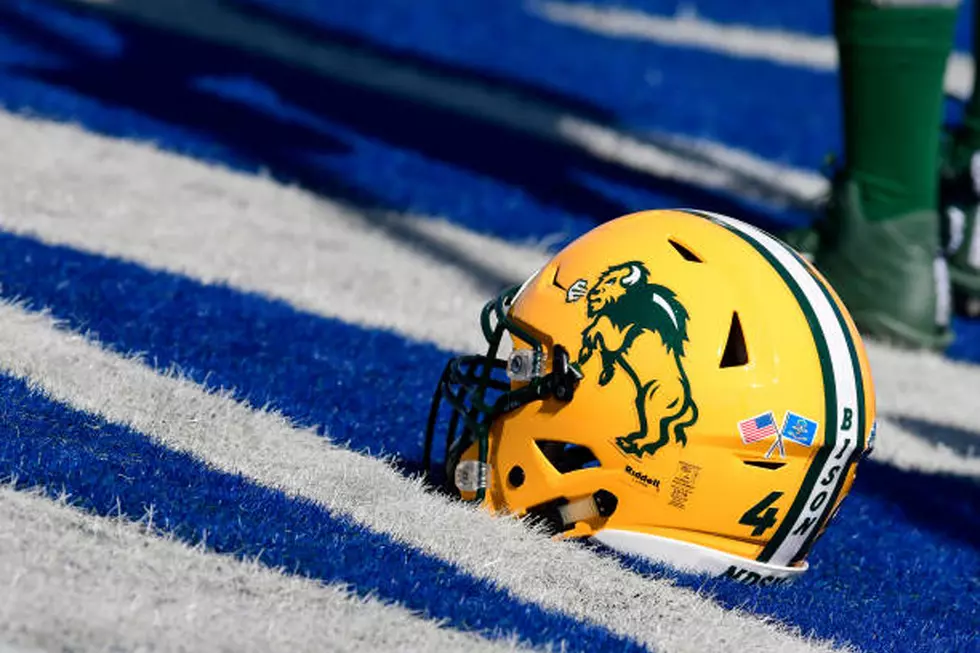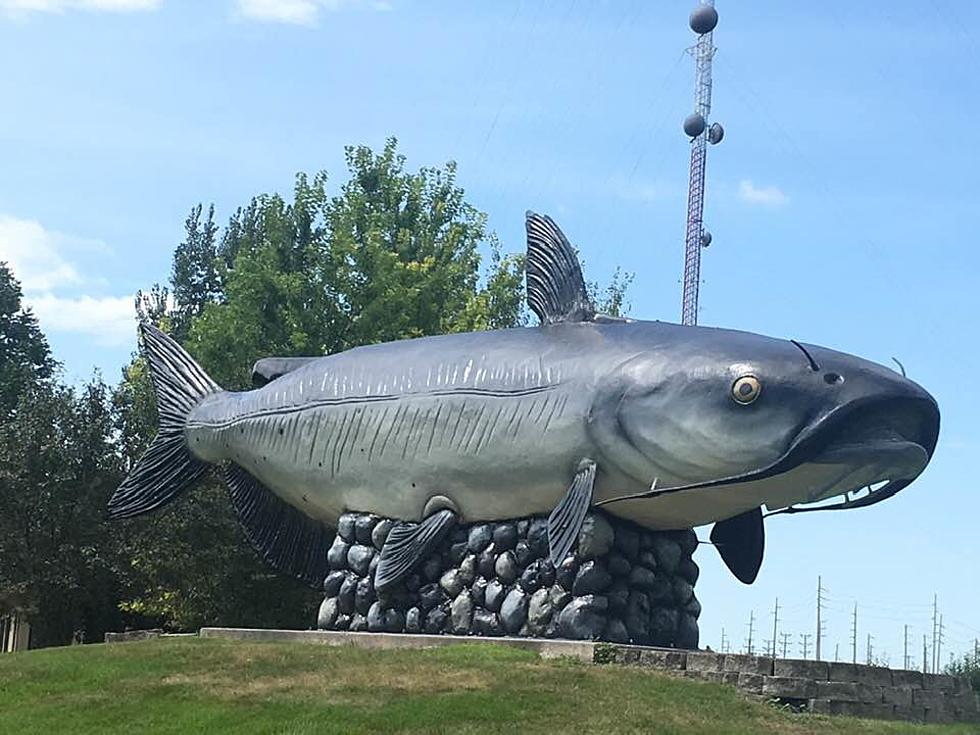
North Dakota’s Duck Hunting Opener, Anything to Quack About?
The North Dakota duck hunting opener is tomorrow Saturday, September 25th a half-hour before sunrise. One of the most anticipated hunting openers in North Dakota every year. Hunters come from all over the nation to hunt ducks in our state, however, this weekend is for residents only. The non-resident duck hunting opener is Saturday, October 2nd. It's not uncommon to see license plates in small-town North Dakota cites from California to New York and everywhere between. Especially though, Minnesota and Wisconsin plates.
According to a video that was dropped a few days ago from the North Dakota Game and Fish, hunters should curb their expectations this season. North Dakota's drought took its toll on duck production. You can expect a lot more adult birds this season, which will lead to smarter ducks. There will also be fewer places to hunt ducks this season due to dry conditions. Duck numbers are still expected to be above normal, but below what hunters have seen the last few seasons. Goose hunting is expected to be good. One notable change to the goose season is the 1 pm closing time, which moves to 2 pm. Saturdays and Wednesdays will remain open all day for geese.
Despite the drought, it's important for hunters to realize that periodically it's good for wetlands to dry up to keep them productive. Drought is a necessary evil.
If you're hoping for better hunting when the migrators come down from Canada, hunters might be in for a surprise. Much of Canada in the prairie pothole region is also in a drought. Don't expect a lot of reinforcements.
Hunter's are reminded that with the drought conditions to be very mindful of the fire danger. You can check the current fire danger here.
Beautiful North Dakota home found full of dead animals.
LOOK: Stunning animal photos from around the world
More From US 103-3









